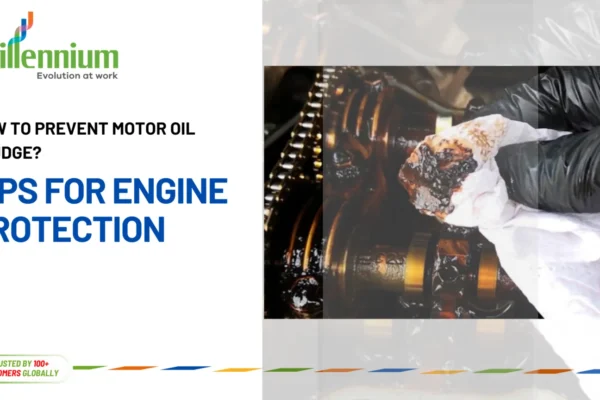A personal guide for engineers aiming for professional recognition in Australia
Wondering What NER Recognition Is All About?
If you’re working as an engineer in Australia—or planning to—you may have heard about NER Australia, also known as the National Engineering Register. It sounds official (and it is), but what does it actually mean? And how do you get on it?
I asked those same questions when I started looking for ways to grow my career here. After doing the research and going through the process myself, I can tell you—it’s worth doing. And it’s not as complicated as it seems when you break it down.
So if you’re aiming to get officially recognised as a registered engineer in Australia, this guide is just for you.
What Is the National Engineering Register?
The National Engineering Register is a professional listing managed by Engineers Australia. It recognises engineers who meet specific national standards for:
Work experience
Technical skill
Ethical practice
Ongoing professional development
When you get listed on NER Australia, it means you’ve been assessed and approved as a qualified and trusted engineering professional.
Why Does NER Recognition Matter?
That’s the big question—and here’s what I found out.
Getting recognised on the National Engineering Register can help:
Boost your credibility with clients, companies, and contractors
Increase your chances of landing better roles
Qualify you for government or large infrastructure projects
Prepare you for Chartered Engineer status later on
Future-proof your career as more states move toward formal regulation
Honestly, once I got listed, I noticed a clear difference in how employers and clients responded. Having “NER Registered” on my profile added that extra layer of trust.
Is It Mandatory?
It depends on your location.
In Queensland, you must be registered (through BPEQ) to work legally as an engineer.
In other states, NER registration isn’t always legally required—but it’s becoming expected, especially for senior roles and public projects.
So, while not mandatory everywhere, being listed on NER Australia is definitely a smart move.
Who Can Apply for NER Recognition?
You’re eligible to apply if you:
Are a member of Engineers Australia
Have at least five years of relevant engineering work experience
Can show your CPD (Continuing Professional Development) activities
Have at least one or two professional referees who can verify your work
Are committed to working ethically and professionally
Step-by-Step: How to Get Listed on NER Australia
Here’s how I went through the process (and how you can, too):
Step 1: Join Engineers Australia
You must be a current member to apply. If you’re not already one, that’s your first step. You can apply directly through their website.
Step 2: Gather Your Documents
You’ll need:
A detailed CV showing your engineering experience
A record of your CPD—this includes courses, seminars, or even self-directed learning
Written responses to questions about how your work meets the core NER competencies
Referee details—choose someone senior who knows your work well
Step 3: Choose Your Area of Practice
NER Australia covers many disciplines—civil, structural, mechanical, electrical, and more. You’ll apply under the category that best fits your background.
Step 4: Submit Online
Once your documents are ready, you can upload and submit everything through Engineers Australia’s online portal.
Step 5: Wait for Assessment
An experienced assessor will review your application. They might reach out to your referees or ask for clarification, so make sure your referees are aware.
If everything checks out, congratulations—you’ll be officially listed on the National Engineering Register.
What’s New in 2025?
In 2025, Engineers Australia introduced updates to improve the registration process:
More guidance for applicants (which really helped me)
Stronger emphasis on sustainability and ethical responsibility
Improved tracking of CPD activities
A faster and more transparent review process
These changes make it easier for professionals to understand what’s expected—and help maintain high standards across the industry.
Tips to Make the Process Easier
Here’s what helped me:
Start early—gathering your documents takes time
Be honest—don’t overstate your responsibilities, but do highlight your achievements
Keep your CPD updated—even free webinars and short courses count
Ask your referees in advance—they’ll appreciate the heads-up
Use clear, simple language—you’re not being graded on fancy writing
Remember, NER Australia wants to know what you have done—not your company, not your team. So focus on your individual contributions.
Final Thoughts: Is NER Recognition Worth It?
In my experience—yes, absolutely.
Getting recognised on the National Engineering Register isn’t just a box to tick. It’s a way to prove that you’re a capable, experienced, and responsible engineer. It’s a title you earn through real work—not just education.
And once you’re listed, it opens doors—to better roles, higher trust, and future opportunities like Chartered status.
So if you’re thinking about it, I’d say: go for it. You’ve already built your career—this is your chance to get recognised for it.





Leave a Reply
You must be logged in to post a comment.